Naoya Inoue may be the pound-for-pound best boxer in the world. That sentiment has been shared enough times on these pages, even amid Oleksandr Usyk’s back-to-back victories over Tyson Fury in 2024, and Terence Crawford’s repeated triumphs. In fact, there are no better measuring sticks for Inoue than Usyk and Crawford.
Inoue, Crawford and Usyk – The Independent’s top three pound-for-pound boxers, in that order – are the only fighters in the four-belt era to have been undisputed champions at two weights. Crawford did it first, adding undisputed welterweight gold to his super-lightweight silverware; Inoue followed later in 2023, becoming undeniable at super-bantamweight, having previously earned that status at bantamweight; then Usyk got involved last May, the former cruiserweight king winning a classic with Fury to become the first undisputed heavyweight champion in 24 years.
And given all three men are unbeaten, you have to split hairs to separate them. Usyk is ‘only’ a two-weight champion overall, while Crawford’s latest win made him a four-weight champion. Inoue has also held world titles in four divisions, but his knockout rate (25 KOs from 28 wins) eclipses those of Crawford and Usyk. An unmatched ruthlessness.
All of this is to say: the average boxing fan may be quick to name Crawford or Usyk as the greatest living boxer – they may not even be that aware of Inoue – but the Japanese’s achievements might actually surpass the American and Ukrainian’s. Inoue’s profile does not match his prowess, basically.
On Friday, the 31-year-old defends his undisputed super-bantamweight belts for the third time, against Ye Joon Kim in Tokyo. The Korean is expected to be a sacrificial lamb to the slaughter in front of Inoue’s worshippers, as he steps in on short notice for Sam Goodman, whose bout with Inoue was delayed in December and cancelled this month. Yet, had the cut over Goodman’s eye properly healed, had he shared a ring with Inoue, would he have fared much better than Kim? At 26, the Australian had youth and an unbeaten record on his side, yet few gave him a chance against the “Monster”.
This is not to suggest Inoue’s challengers are not capable foes. That accusation has occasionally been levied against the diminutive, dominant champion, yet their inability to trouble Inoue stems from his generational talent – not any lack of skill or sturdiness in his opponents. Luis Nery, who scored a shock, first-round knockdown of Inoue last year, is the only man to have put the Japanese in danger, yet the Mexican touched the canvas himself in rounds two, five and six. By the last of those, he was unable to stand. Like so many of Inoue’s knockouts, this one combined blurring speed, incomprehensible power, and genius shot selection.
So, questions over a lack of genuine challengers for Inoue should not be given too much attention, especially when they lead to misguided fantasy match-ups like a bout with Gervonta Davis. The American is one of the few modern boxers with a KO record to match Inoue’s, yet “Tank” predominantly fights at lightweight, and even his past ventures at super-featherweight came two divisions above Inoue’s current – and career-heaviest – weight.
Inoue has sensibly dismissed moving up to yet another division, and the antagonistic Davis was surprisingly respectful of that decision. “I’m not fighting him. He’s NO WHERE near my weight,” Davis wrote online, while Inoue told The Ring last year: “I wouldn’t fight at featherweight or super-featherweight just because the money is good. There are many fighters who chased the money but ended up not being able to perform well and [who] quit. The reason I box is not for the money; I do this to show my best self. It’s true that I’m motivated by fighting strong opponents, but there are weight divisions for a reason.”
The only concern could stem from Saudi involvement in Inoue’s matchmaking. Yes, the Gulf state has enabled many fantastic match-ups over the last two years, but a looming clash between Crawford and Saul “Canelo” Alvarez defies sense. No one other than Saudi adviser Turki Al-Sheikh, who has started talks with Inoue, seems to want that bout, which will see Crawford do exactly what Inoue refuses to: go two divisions higher than his current and career-heaviest weight. Maybe Crawford will win, defying the weight and odds; however, with no rehydration clause planned, he might be dealt his first professional loss, with much of the blame going to the weight differential.
So, boxing’s matchmakers must be wary of pushing Inoue beyond his reasonable limit in pursuit of finding him the ‘right’ opponent, when that boxer may not exist. There could, however, be an upside to Inoue working with the Saudis – despite enduring concerns over the Kingdom’s sportswashing practices, admittedly.
In lieu of seeking a specific opponent, perhaps the focus should be on seeking the right fight card. Saudi boxing events have attracted massive interest from fans, due to the quality fights on display, and these cards are starting to be staged abroad. Giving Inoue a spot on one of these events could expose him to the type of international audience that he deserves to reach. The Japanese’s fights do currently air on Sky Sports in the UK and ESPN in the US, but Saudi events typically stream on Sky, TNT Sports and DAZN worldwide.
Make no mistake: there is nothing wrong with Inoue continuing to sell out the 15,000-capacity Ariake Arena in Tokyo, or with him returning to the 55,000-seater Tokyo Dome (his bout with Nery was the first in the stadium since Mike Tyson was stunned by Buster Douglas, 34 years earlier). The aim here is not to disrespect Japanese fandom or deny Inoue’s compatriots the chance to see their idol up close.
But Inoue’s talent deserves to be reflected in the most fulsome legacy possible, and that legacy could be certified by international fights. Imagine Inoue in London, LA, Las Vegas, New York City. He may have to tick off Riyadh first, but it might be worth it to take the Monster worldwide.
Read the full article here







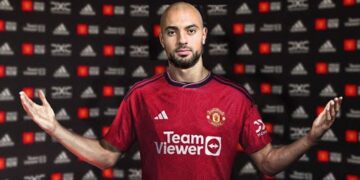
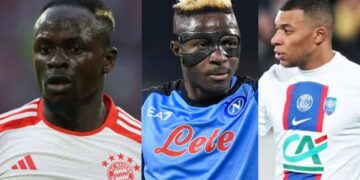
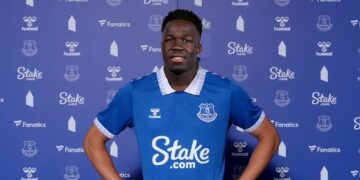

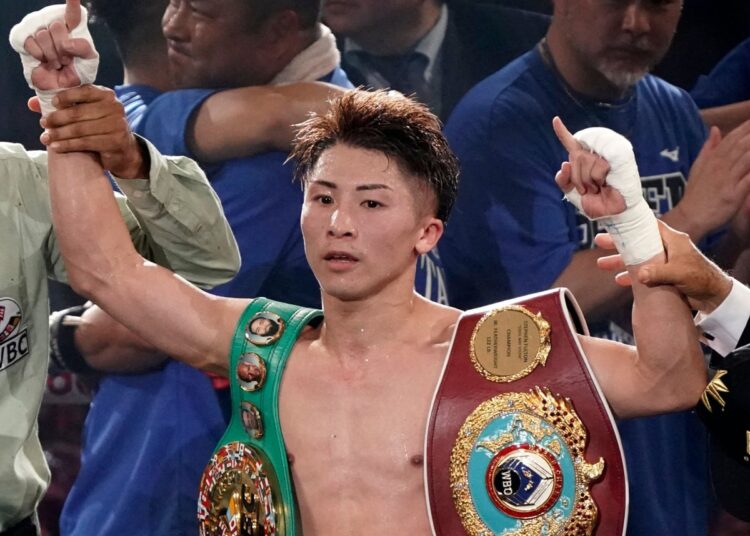














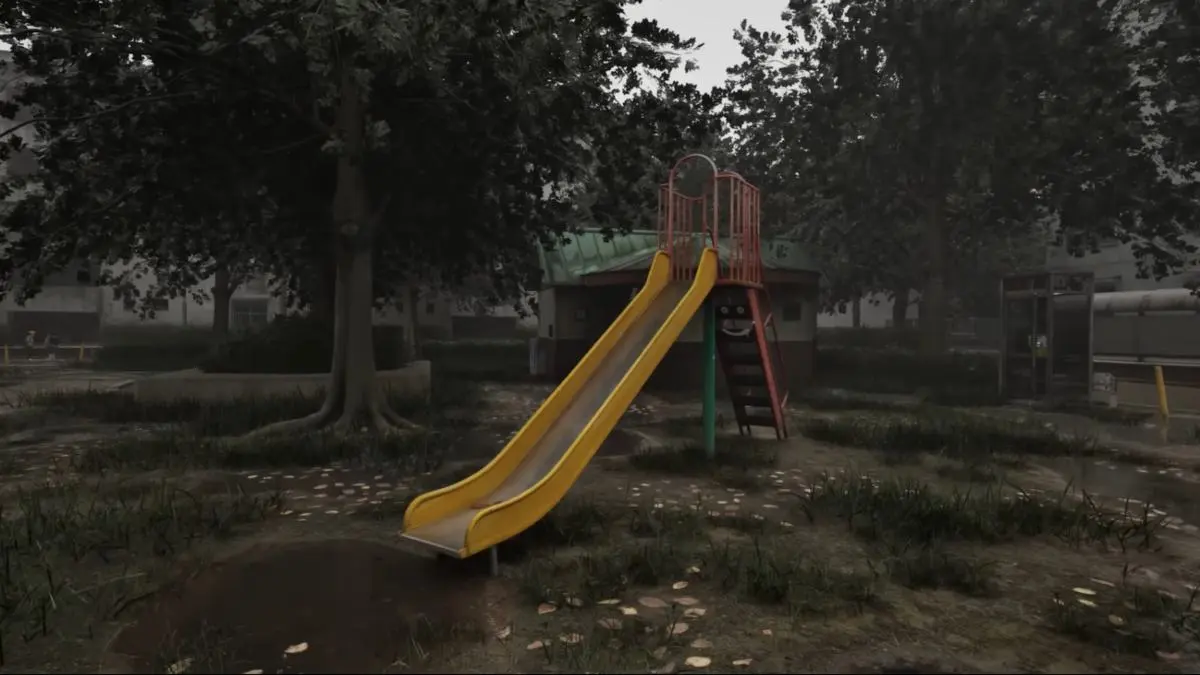
Discussion about this post